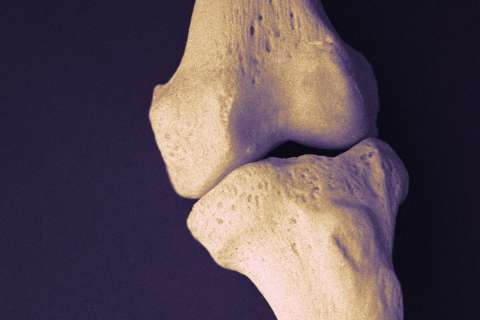Dear Doctors: I recently learned I have fatty liver disease, which I want to try to heal. How do you detox the liver? I have also been having issues with patches of dry, scabby skin. When I went gluten-free, it got better, but it didn’t completely go away. Could that be related to fatty liver disease?
Dear Reader: When someone has fatty liver disease, it means a buildup of fat cells has begun to interfere with how well the organ can function. This was once known as nonalcoholic fatty liver disease, to distinguish it from the similar buildup of fat that occurs with excessive alcohol consumption. Now the condition is called metabolic-associated fatty liver disease, or MAFLD. This is more accurate, as the onset is linked to adverse metabolic changes in the body. These include being overweight or obese, or living with health conditions such as prediabetes or diabetes, hypertension and high blood levels of cholesterol or triglycerides. The disease can also be triggered by corticosteroids, certain cancer drugs and hepatitis C. Recent research has found MAFLD can run in families, which suggests a genetic component.
It is normal to have some fat cells in the liver. It’s when the amount begins to exceed 5% to 10% of the total weight of the organ that problems begin. The accumulated fat leads to inflammation, which in turn causes scarring. This impedes the liver’s ability to carry out its numerous crucial functions, such as clearing toxins from the blood, aiding in blood sugar control and making and storing vitamins and other nutrients.
The disease often fails to produce symptoms, which makes it difficult to spot and diagnose. When symptoms do occur, they can include fatigue or exhaustion, abdominal discomfort, loss of appetite and nausea. In some cases, impaired liver function can affect the skin, causing a dry, bumpy or itchy rash. This is more common in advanced forms of fatty liver disease.
There are no medical treatments for MAFLD, but lifestyle changes can lead to meaningful improvements. Rather than trying to “detox” the liver, your goal is to stop the buildup of fat in the liver, and perhaps even decrease the percentage of fat cells. Fatty liver disease is strongly associated with both excess body weight and insulin resistance. That gives you two important goals: One is to reach and maintain a healthy weight. Research has shown that weight loss, along with regular exercise, can improve liver fat content enough to ease inflammation and stem the resulting damage.
The other goal is to achieve good and consistent blood sugar control. A robust body of research links added sugars in the diet to metabolic changes that can damage the liver. A prime culprit is soda, which is linked to an increase in the markers of fatty liver disease. Work with your doctor to craft a diet based on lean proteins, leafy greens, grains and legumes, and vegetables and fruit. Be vigilant about medications for hypertension, high cholesterol and diabetes. Each of these actions will benefit your general health, and can contribute to improved liver function.
(Send your questions to [email protected], or write: Ask the Doctors, c/o UCLA Health Sciences Media Relations, 10960 Wilshire Blvd., Suite 1955, Los Angeles, CA, 90024. Owing to the volume of mail, personal replies cannot be provided.)





